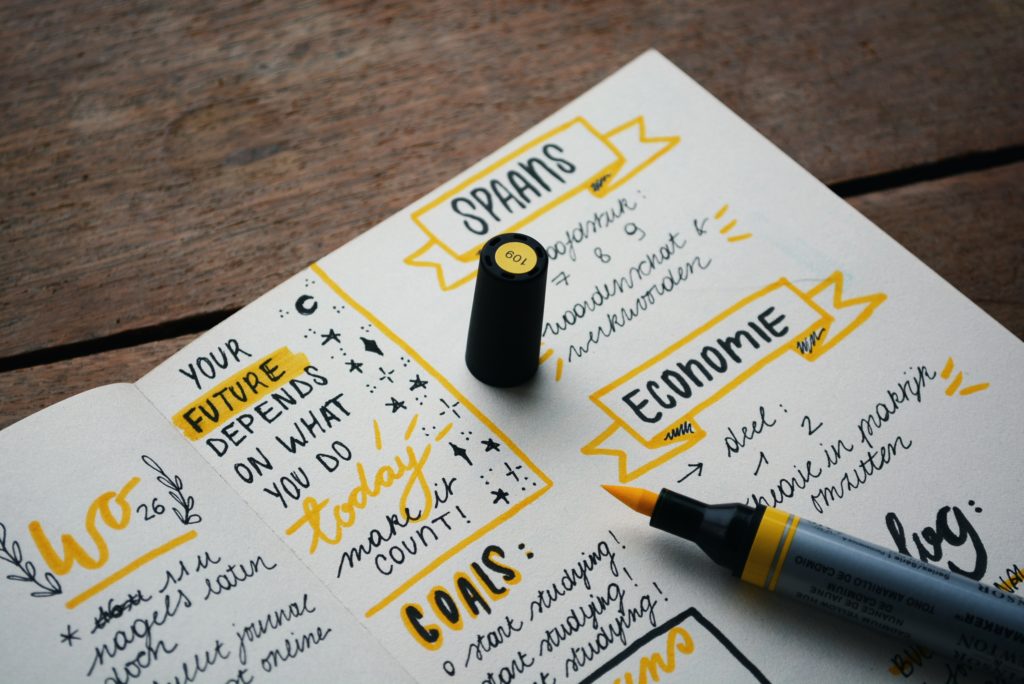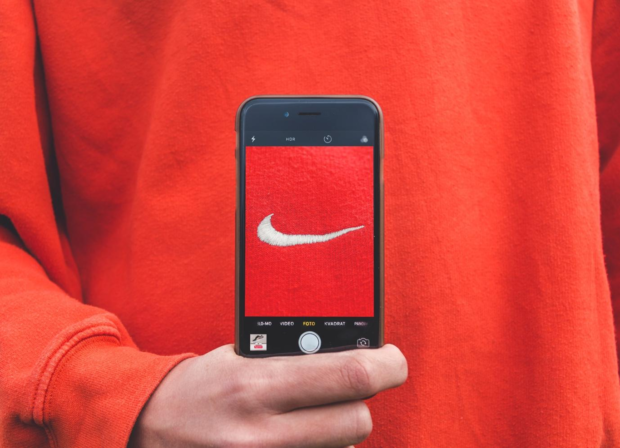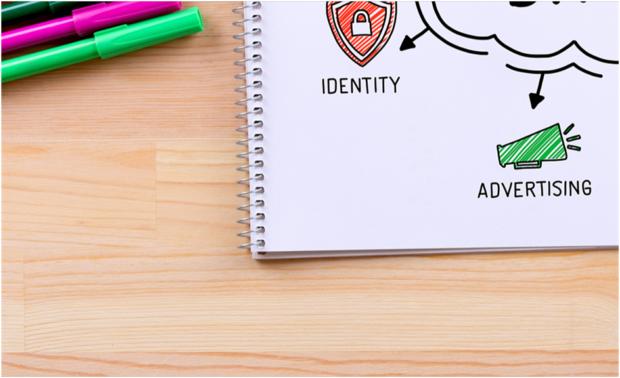Tips to Redefining Your Brand Purpose in 2022
As we move into the new year, many companies are going back to the drawing board and reconsidering their brand purpose. Between the COVID-19 pandemic and the widespread social upheaval of the past two years, brands are increasingly feeling the need to change course. To say that we’ve changed a lot over the past two years would be an understatement. Consumers are demanding more transparency and accountability from brands, and we’re interacting with brands online more than we ever have before. Having a clear and relevant brand purpose is critical as we move into 2022.
Redefining your brand purpose can be tricky, as it runs the risk of coming across as insincere or of turning off loyal customers. But a successful rebrand can keep your company relevant and fresh, drawing in new customers and propelling your brand forward. If you’re thinking of redefining your brand purpose in 2022, consider these twelve tips from experts in the field, and learn how to avoid common pitfalls.
Consider Your Reasons
“Redefining your brand purpose should be a very thoughtful and intentional process. Before you embark on a redesign, reflect on the reason why you’re doing this. Are you looking for a simple refresh, or a more drastic change? Coming into the process with clear reasons and goals will make the process more streamlined. You may have a harder time convincing your team that the rebrand is necessary if you don’t come equipped with clear and persuasive reasons.” – Trisha Bantigue, CEO of Queenly
Be Consistent
“If your redefined brand purpose makes substantial changes, your customers and employees will likely have a harder time accepting it. If you have an established brand with a loyal following, you’ll want to maintain consistency as much as possible. Continue to offer the great customer service that people expect from you. Honor previous commitments, like loyalty points or rewards systems. Existing customers will have an easier time with the transition if they see that you’re maintaining consistency and valuing the relationship you’ve built with them.” – Rabah Rahil, CMO at Triple Whale
Do Your Homework
“Before you redefine your brand purpose, do your homework and consider what your customers actually want to see from your brand. Conducting both internal and external research to better understand your customers will make the effort more impactful. You should have frequent conversations with your customers and use their feedback to guide your redesign. Talk with your team to get their input, since they’re often in communication with customers and may have valuable insights to offer.” – Dan Bladen, Co-Founder and CEO of Kadence
Involve Your Team
“Your team will be largely responsible for implementing your new brand purpose, so make sure they’re involved in the planning process. Whether it’s your executive team or your customer service representatives, your brand purpose has to permeate every level of your company. It should be your company’s driving force, and it’s important to have every member of your team on board. Hold group brainstorming sessions, and solicit feedback from your employees during the rebranding process.” – Bradley Hall, CEO of SONU Sleep
Review the Data
“Before you jump into a redesign project, take some time to dig into the data. Look at your existing brand purpose, and what has been going well for your company. Note any areas where you’d like to improve. Are customers largely happy with the customer service they receive, but they are looking for more transparency? Use data to drive your redesign, it can tell you a lot about your customers and what they’re looking for.” – Fred Gerantabee, Chief Experience Officer at Readers.com

Set Clear Goals
“When you redefine your brand purpose, make sure you also define your goals and attach key performance indicators to each goal. You’ll want to measure the success of the redesign throughout the year and make tweaks, if necessary, to make sure you’re on track to meet your goals. If your new brand purpose is too vague and doesn’t have measurable outcomes, your team will likely struggle with implementation and you’ll have a much harder time determining whether it was successful.” – Jean Gregoire, CEO and Founder of Lovebox
Messaging Matters
“Develop clear messaging around your redesign so that people can quickly grasp the changes and why they happened. No one will have the time or patience to read a multi page manifesto, so keep it simple and concise. Your team should all be able to succinctly explain the new brand purpose to someone outside the company in a way that is easy to understand. Keep in mind that a lot of people will want to know why the redesign happened, so develop clear messaging that explains why this redesign aligns with your long term vision.” – Patrick Samy, CEO of Span Health
Reflect Shifts That Are Already Happening
“It can be difficult to force a systemic change within your company, and many people might see it as unnatural. A successful brand redesign will align with shifts that are already happening. Maybe your customer base has steadily shifted over time, and you want to redesign your brand purpose to better reflect that shift. Take a look at what trends are already underway, and develop a brand purpose that reflects those changes. ” – Steven Vigilante, Head of New Business Development at OLIPOP
Be Authentic
“Your brand purpose should be an authentic extension of what your company does. Take into consideration the needs of your customers, and craft a brand purpose that aligns with those needs. If your brand purpose is out of step with your customer’s interests, they’ll quickly move on. Look at what your competitors are doing and where they’re falling short. How can you provide a better alternative for your customers? Build a purpose around the authentic value that you offer.” – Ryan Rottman, Co-Founder and CEO of OSDB
Deliver on Your Promises
“Redefining your brand purpose may involve new promises and commitments. Maybe your new purpose involves sustained support for a social cause. Make sure you’re able to deliver on these promises, and can commit long term. Customers are wary of brands who seem fickle and insincere, so only make promises if you know you can deliver. Develop a long-term plan and make sure your team is on board with the new purpose.” – Seb Evans, Co-Founder of Banquist
Purpose Overrides Product Features
“Companies no longer exist simply to make profits. Leading brands are competing and excelling because they have a clearly defined purpose. According to Deloitte’s 2022 Global Marketing Trends, having a purpose has changed from ‘aspiration to strategic priority.’ Brands growing at a rate of 10% or above are turning purpose into action in a more comprehensive manner than those growing at slower rates. Consider why you are doing what you are doing. For example, many startup founders have a big idea or a problem they set out to solve. This is your purpose.” – Jessica Wong, Founder and CEO of Valux Digital
Honor People’s Connection To Your Existing Brand
“As marketers, we spend a great deal of effort building emotional connections to our brands. When you are rebranding, you can’t forget—no matter how sound the reasons are for the update—that your customers and employees may have connections to the old brand. It may represent a great experience, a successful project or a team that created lasting connections. As you try to build momentum and connection for the new brand, don’t forget to honor what the former may have meant to people.” – Sheridan Orr, Chief Marketing Officer at CultureIQ
Whether your company is a startup or a multinational organization, approach a brand redesign with tact and deliberation. Redefining your brand purpose is a serious decision that should involve multiple stakeholders and use data to determine its course. Once you’ve committed to a redesign, take time to ensure it’s as cohesive and consistent as possible. Your customers will appreciate your thoroughness.



